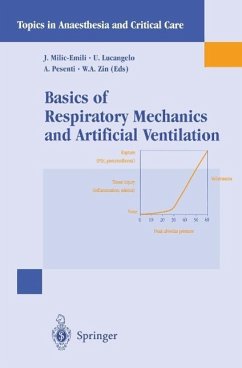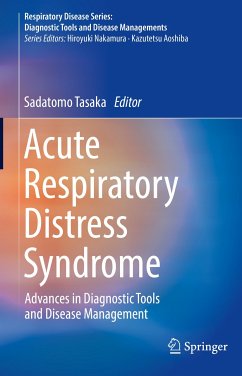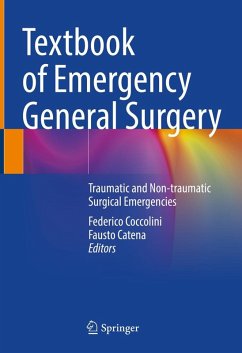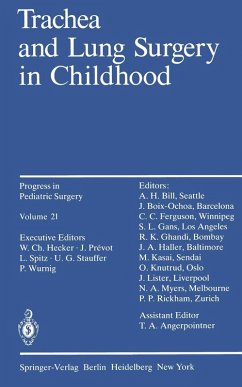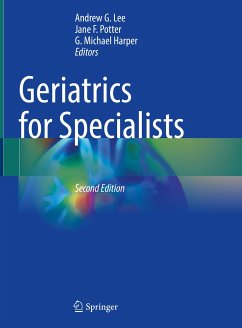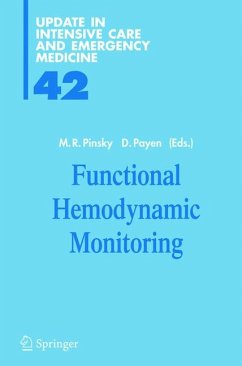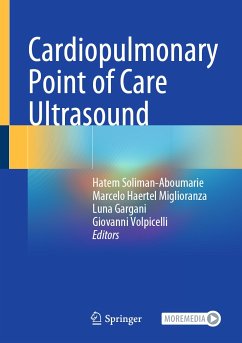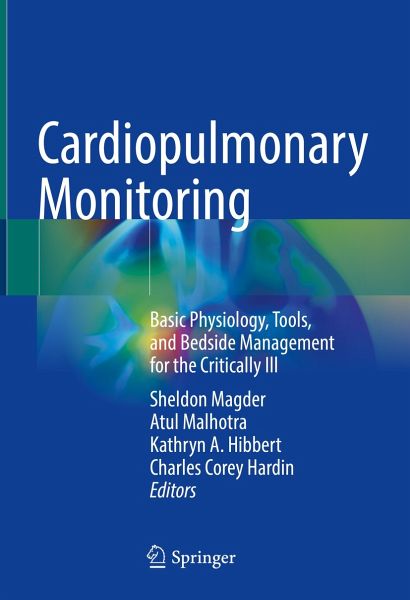
Cardiopulmonary Monitoring (eBook, PDF)
Basic Physiology, Tools, and Bedside Management for the Critically Ill
Redaktion: Magder, Sheldon; Hardin, Charles Corey; Hibbert, Kathryn A.; Malhotra, Atul
Versandkostenfrei!
Sofort per Download lieferbar
136,95 €
inkl. MwSt.
Weitere Ausgaben:

PAYBACK Punkte
68 °P sammeln!
Provides an overview of normal and abnormal cardiovascular and pulmonary physiology Examines the use of cardiac (e.g, echocardiography, heart rate) and pulmonary (e.g, lung volume, pleural pressure) monitoring tools
Discusses specific clinical problems such as pulmonary hypertension, cardiac shunts, cardiogenic shock, and ECMO
Highlights cardiopulmonary tests such as radiology/MRI, tissue perfusion and oxygenation, and acid-base
Dieser Download kann aus rechtlichen Gründen nur mit Rechnungsadresse in A, B, BG, CY, CZ, D, DK, EW, E, FIN, F, GR, HR, H, IRL, I, LT, L, LR, M, NL, PL, P, R, S, SLO, SK ausgeliefert werden.




